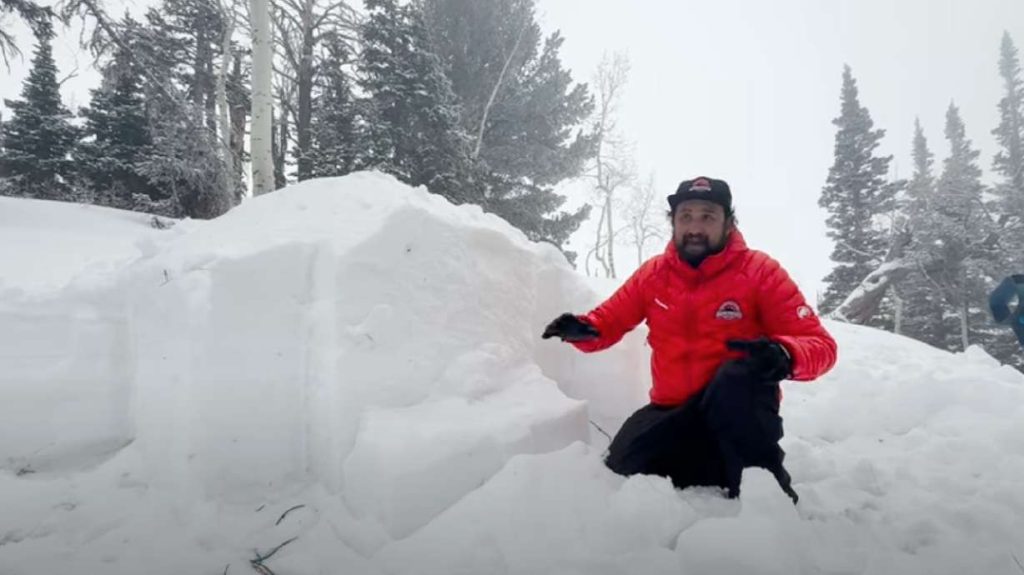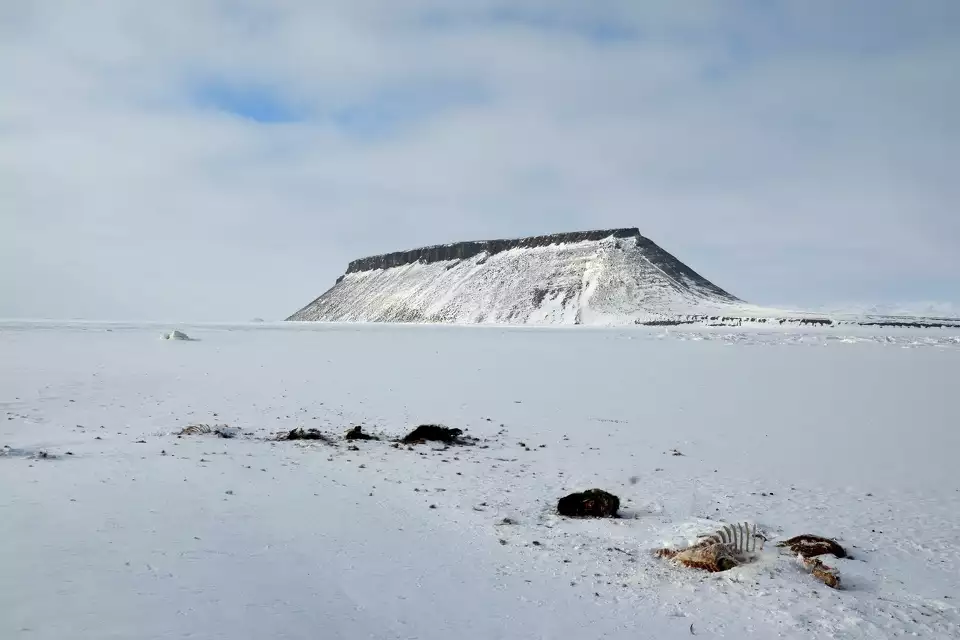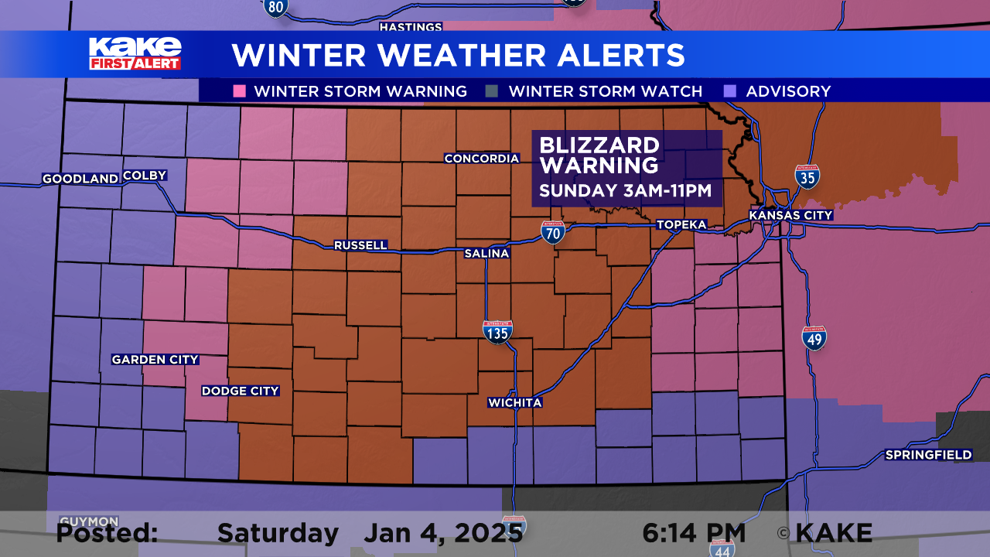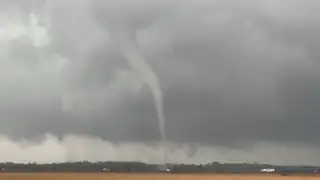Lake-effect Snow and Frigid Arctic Temperatures Chill Large Swath of Eastern U.S.
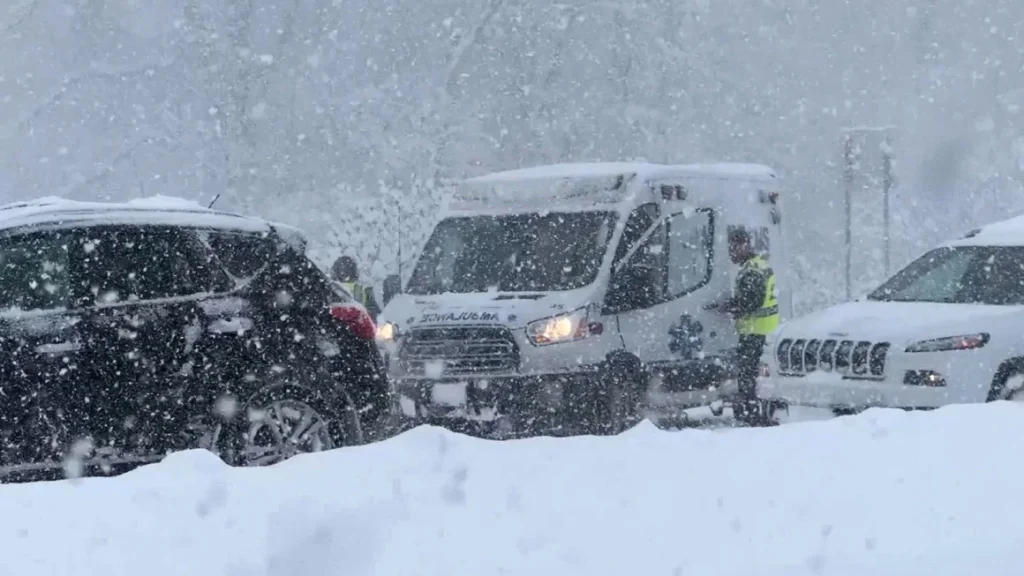
As the winter season sets in, a powerful combination of lake-effect snow and frigid Arctic temperatures is sweeping across the eastern United States, causing disruptions and posing significant challenges for residents, travelers, and emergency services. The extreme weather, which is expected to persist for several days, has already led to hazardous road conditions, flight cancellations, and power outages in multiple states.
Understanding Lake-Effect Snow
Lake-effect snow occurs when cold air moves over the relatively warmer waters of the Great Lakes, picking up moisture, which then falls as snow when the air reaches land. This weather phenomenon is particularly common in areas downwind of large bodies of water like the Great Lakes. The snow tends to be heavy and localized, but it can accumulate quickly, creating treacherous conditions. The snow bands associated with lake-effect snow can vary in intensity, from light flurries to heavy snowstorms, depending on the wind direction and the temperature difference between the lake water and the air above it.
As the cold Arctic air flows over the lakes, it picks up moisture and releases it as snow over areas such as western New York, northern Ohio, and parts of Michigan and Pennsylvania. In these regions, the snow can accumulate rapidly, with some areas expecting up to a foot or more of snow in a short time. The effect can be localized, meaning one neighborhood may receive several inches of snow, while nearby areas may see little to no snow at all.
Frigid Arctic Temperatures Sweep the Region
In addition to the lake-effect snow, a surge of frigid Arctic temperatures is gripping much of the eastern United States. Temperatures in some areas have plummeted to below freezing, causing a significant chill across states such as New York, Pennsylvania, Ohio, and Michigan. This cold front, which has been moving eastward, is expected to last throughout the week, bringing dangerously low wind chills that could make the temperatures feel much colder than they are.
The Arctic air mass has pushed temperatures well below average for this time of year, with some locations experiencing highs that struggle to reach the mid-20s. Coupled with strong winds, the wind chill factor has made it feel even colder, with some areas reporting wind chills in the single digits or even negative numbers. These conditions not only make it uncomfortable for residents but also increase the risk of frostbite and hypothermia for those exposed to the cold for extended periods.
Impact on Travel and Daily Life
The combination of lake-effect snow and extreme cold has already had a significant impact on travel and daily life. Many roads in affected regions are snow-covered and slick, creating hazardous driving conditions. Authorities are urging drivers to stay off the roads if possible, especially in areas experiencing heavy snow accumulation or reduced visibility. Snowplows and salt trucks are working tirelessly to clear the roads, but with continuous snowfall, the situation remains challenging.
Several airports across the eastern U.S. have reported delays and cancellations due to the storm, particularly in cities like Buffalo, Cleveland, and Pittsburgh. Flight crews have been working to de-ice planes and clear runways, but the ongoing weather issues continue to cause disruptions. Travelers are advised to check with airlines for updates on their flight status and to allow extra time for delays.
In addition to travel disruptions, the extreme cold is also putting a strain on local infrastructure. Power outages have been reported in several areas due to the weight of heavy snow on trees and power lines. Crews are working to restore power, but the combination of snow, ice, and wind has made it difficult to access some affected areas. Residents are being urged to prepare for possible extended outages by ensuring they have enough blankets, warm clothing, and emergency supplies on hand.
Safety Precautions for Cold Weather
As the Arctic temperatures continue to affect the eastern U.S., local officials are issuing safety warnings to protect residents from the dangers of the extreme cold. People are encouraged to stay indoors as much as possible and limit exposure to the cold, especially in areas with low wind chills. Those who must go outside are advised to wear layers of clothing, including hats, gloves, and scarves, to prevent frostbite and other cold-related injuries.
In addition to personal safety, the cold weather also poses a risk to vulnerable populations, such as the elderly and those with pre-existing medical conditions. Emergency services have been on high alert, with shelters being opened in many areas to provide warmth and shelter for people who may be without heat. Local governments have also issued reminders to check on neighbors, particularly those who are elderly or live alone, to ensure they are safe and warm.
Weather Forecast
While the worst of the lake-effect snow and Arctic cold is expected to continue throughout the week, there are signs of relief on the horizon. The cold front that has brought the bitter temperatures to the eastern U.S. is expected to gradually move out, with temperatures beginning to rise by the weekend. However, the threat of lake-effect snow will persist in the Great Lakes region, with additional snowfall expected in parts of New York, Michigan, and Ohio.
Meteorologists are keeping a close watch on the weather patterns, as the potential for additional snowstorms or cold fronts remains a concern. As the season progresses, residents across the eastern U.S. will need to stay informed and prepared for more winter weather events.
The combination of lake-effect snow and frigid Arctic temperatures is making for a challenging start to the winter season in the eastern United States. As snowfall continues to accumulate in affected areas and temperatures remain dangerously low, residents are urged to take precautions to protect themselves and their property. The storm has already disrupted travel and power services, and officials are working around the clock to ensure the safety of communities.
As the winter weather continues to develop, the public is advised to stay informed through weather updates and government warnings. With cold temperatures and more snow expected, the coming days will require vigilance and preparedness to minimize the risks posed by this severe weather event.


